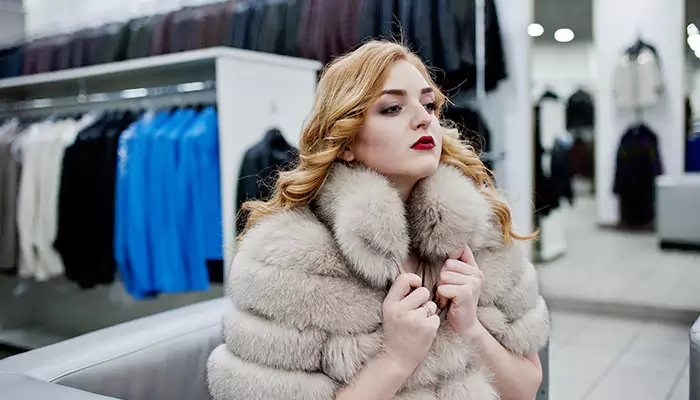
Both aesthetics are backed by strong consumer bases and distinct cultural undercurrents, and both are shaping the trajectory of luxury and mass fashion alike.
The fashion industry in 2025 is witnessing a distinct divergence in consumer preferences, with two contrasting style movements dominating global markets: quiet luxury and loud fashion. Quiet luxury focuses on understated elegance, fine craftsmanship, and minimal visible branding. Loud fashion, on the other hand, thrives on bold colors, oversized silhouettes, and logo-centric designs that demand attention.
Quiet luxury emphasizes clothing and accessories that are made from premium materials with refined tailoring and subtle detailing. Brands such as The Row, Loro Piana, and Brunello Cucinelli have built reputations on producing garments that convey exclusivity without overt branding. The look often includes neutral tones, timeless silhouettes, and fabrics like cashmere, silk, and fine wool.

Loud fashion, by contrast, uses color, print, embellishment, and exaggerated proportions to communicate individuality and brand identity. Labels such as Versace, Moschino, and Balenciaga produce designs that are deliberately theatrical. This style often includes oversized logos, neon colors, and graphic prints, catering to a social media-driven market where visual impact is paramount.
According to a 2025 report by Bain & Company, the global personal luxury goods market is projected to reach €430 billion this year. Within that, quiet luxury brands have experienced steady year-on-year growth of approximately 7% since 2022, driven by affluent consumers aged 35 and above, particularly in North America and Europe. This demographic values craftsmanship, durability, and the investment appeal of garments that do not date quickly.

In contrast, loud fashion has shown faster but more volatile growth, with certain product drops selling out within hours. The aesthetic resonates most strongly with consumers aged 18–30, particularly in Asia-Pacific markets, where logo visibility is often associated with social status and digital influence.
The rise of quiet luxury can be linked to shifts in consumer behavior during and after the pandemic. Reduced public gatherings and increased work-from-home arrangements led many to favor functional, timeless pieces over trend-driven purchases. In addition, economic uncertainty has encouraged wealthier consumers to opt for items that retain value and avoid ostentatious displays.
Conversely, loud fashion’s momentum can be attributed to the dominance of image-based platforms, where eye-catching outfits perform better in terms of engagement. Loud fashion is also supported by celebrity endorsements and collaborations that generate global hype.
Luxury conglomerates are catering to both markets. LVMH, for example, continues to invest in its heritage brands that embody quiet luxury, such as Loewe and Fendi, while also producing bold statement pieces for social media appeal. Similarly, Kering has maintained Bottega Veneta’s understated direction while promoting Gucci’s more eclectic, logo-heavy collections.
E-commerce platforms have adapted as well. Retailers like Net-a-Porter highlight minimalist "Investment Pieces" alongside seasonal "Trend Edit" sections, effectively targeting both consumer segments without diluting brand identity.
Quiet luxury has a natural alignment with sustainability narratives, as high-quality garments are designed for longevity. This fits with the growing slow-fashion movement, where consumers are encouraged to reduce consumption and invest in versatile staples. Loud fashion, while often criticized for trend turnover, is also adapting by using recycled fabrics, offering customization to reduce waste, and experimenting with digital-only designs to satisfy demand for novelty without physical production.
Analysts forecast that neither aesthetic will disappear in the near future. Instead, hybrid wardrobes may become the norm, with consumers combining neutral, long-lasting pieces with bold, statement-making items for specific occasions. For brands, the challenge will be to balance seasonal trend responsiveness with the enduring appeal of timeless design.
In global fashion capitals, runway seasons are already reflecting this balance. Paris Fashion Week 2025 featured muted, tailored collections from Hermès alongside vibrant, sculptural creations from Schiaparelli. The market’s future will likely depend on how successfully brands can navigate this duality, appealing to both the restrained buyer and the trend-conscious customer.